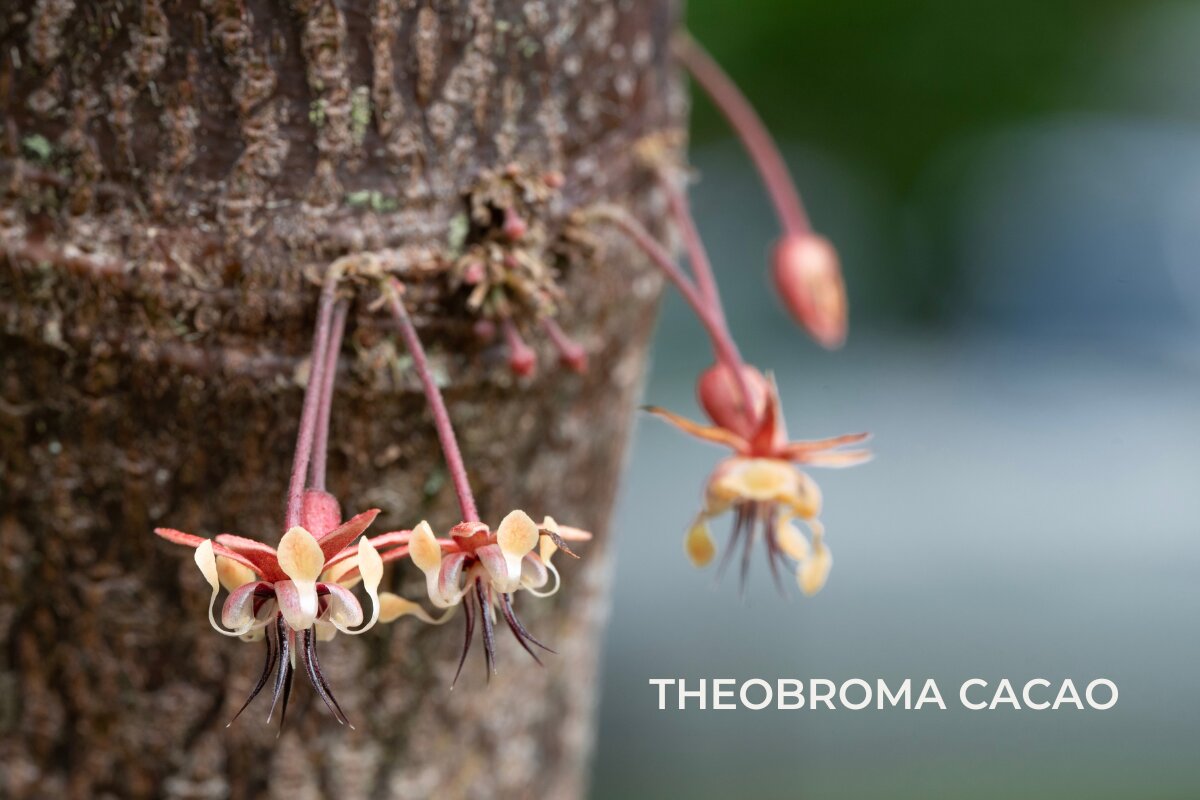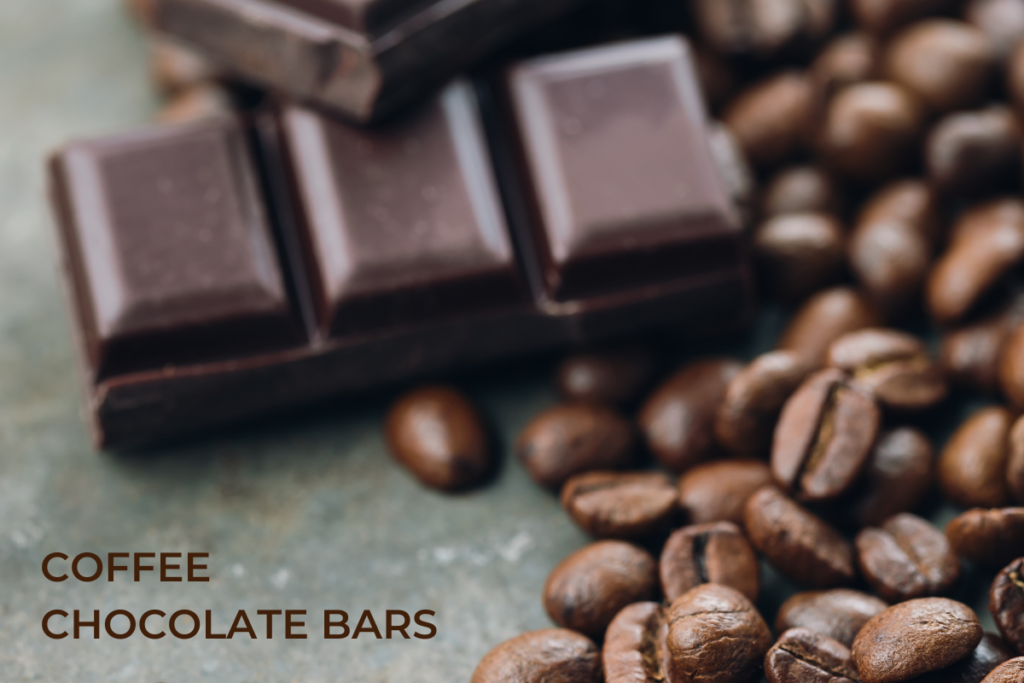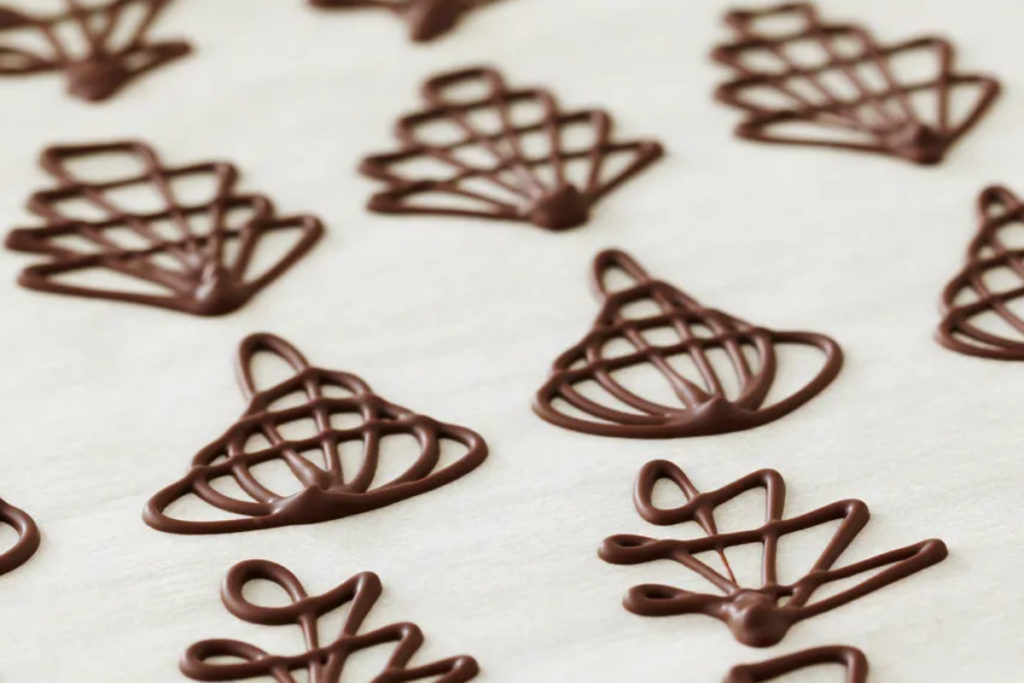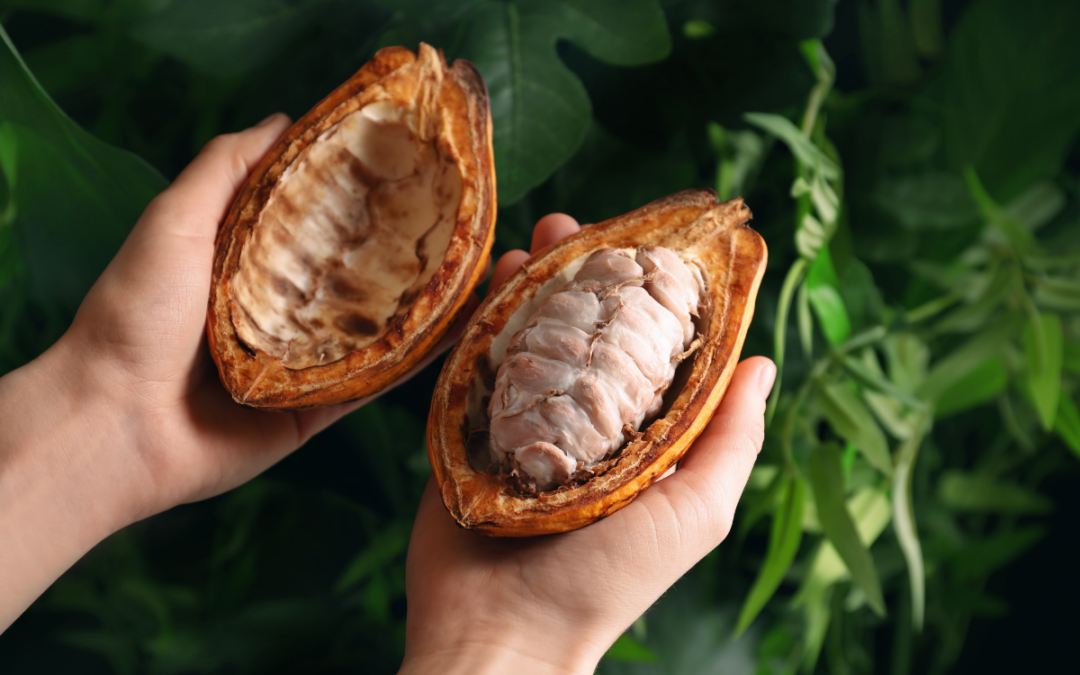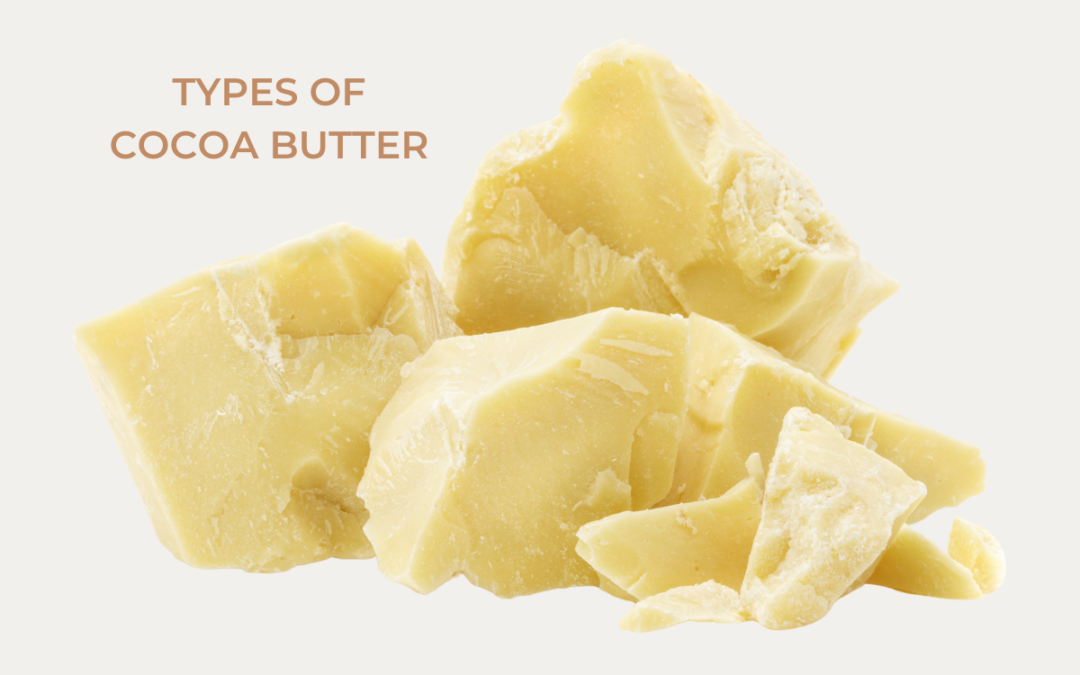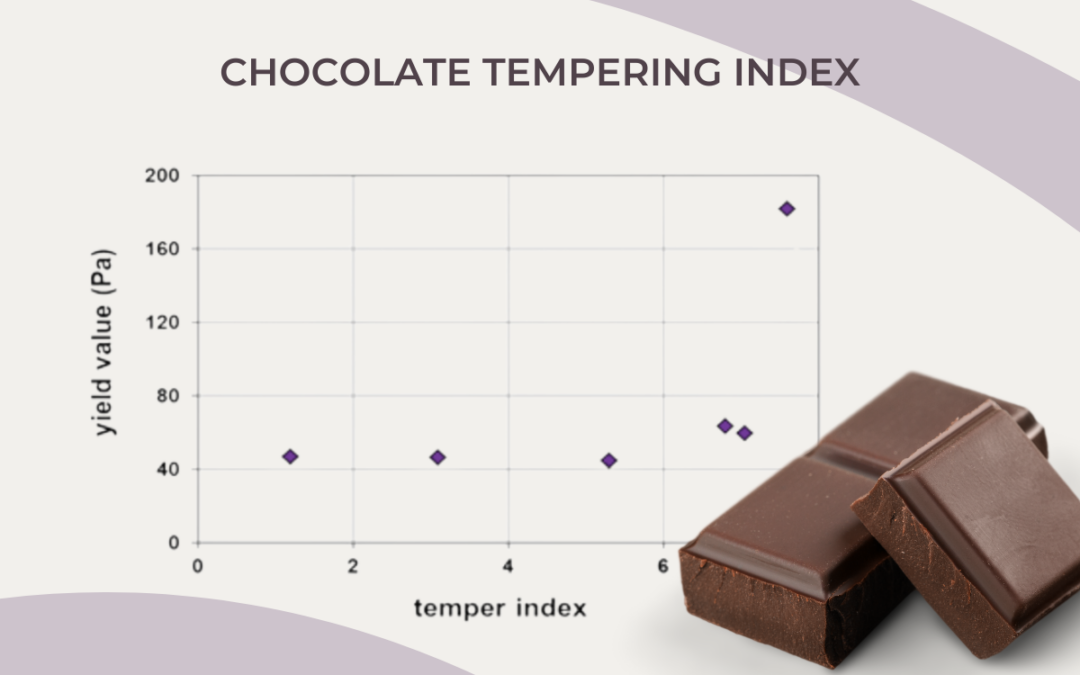Cacao has been cherished for centuries, not just as a key ingredient in chocolate but as a plant with deep cultural and historical significance. The very name “Theobroma,” meaning “food of the gods,” reflects the reverence ancient civilizations had for this remarkable tree. For Central American indigenous communities, cacao was more than just sustenance—it was sacred. Used in rituals, offerings, celebrations and even as currency, its value extended far beyond its rich, aromatic flavor.
From pre-Columbian traditions to its role in global trade, cacao has shaped history in fascinating ways. But what makes this plant and the fruit that it produces so special? Let’s dive into its origins, uses, and the unique properties that have made it a treasured food for generations.
What is Theobroma cacao?
Theobroma cacao is the scientific name for the cacao tree, which produces the seeds (typically called “cocoa beans”) used to make chocolate. The name Theobroma comes from Greek, which translates to “food of the gods,” highlighting its importance in ancient civilizations.
Native to the tropical regions of Central and South America, this tree thrives in warm, humid climates. Its fruit pods contain cacao seeds surrounded by a sweet, pulpy coating. The seeds are fermented, dried, roasted, and ground to create cocoa and chocolate.
Beyond chocolate-making, cacao has been used as currency, in rituals, and for its medicinal properties. It contains theobromine (which is unrelated to bromine) and flavonoids, which have stimulating and antioxidant effects. The health benefits of cacao have been well researched.
The role of Theobroma cacao in chocolate production
Theobroma cacao is at the heart of all chocolate. This tropical tree produces cacao pods, which contain seeds—known as cacao beans—that are transformed into the chocolate we enjoy.
The process starts with harvesting ripe cacao pods, extracting the beans, and fermenting them to enhance flavor. The beans are then dried, roasted, and ground into cocoa mass, which is further processed into cocoa powder, cocoa butter, and different types of chocolate.
Beyond taste and texture, cocoa offers health benefits due to its antioxidants and natural stimulants like theobromine. Simply put, without Theobroma cacao, chocolate wouldn’t exist.
Where is Theobroma cacao grown?
Theobroma cacao thrives in tropical climates with warm temperatures, high humidity, and consistent rainfall. These trees grow best in temperatures ranging from 70°F to 90°F (21°C to 32°C) and require between 40 to 100 inches of annual rainfall. Additionally, cacao trees are sensitive to direct sunlight, making shade an essential factor in their cultivation—especially during their early growth stages. They also require rich, well-draining, slightly acidic soil to support healthy development.
The cacao belt: The world’s prime cacao regions
Cacao is primarily grown within the Cacao Belt, a region spanning 20 degrees north and south of the equator. This belt provides the consistent warmth, moisture, and shade necessary for cacao cultivation. The major cocoa-producing regions include:
- West Africa – The world’s largest cocoa-producing region, responsible for over 70% of global cocoa production. Leading countries include Côte d’Ivoire, Ghana, Nigeria, and Cameroon, where the humid, tropical climate creates ideal growing conditions.
- Central & South America – The native home of cacao, with significant production in Brazil, Ecuador, Peru, and Colombia. The Amazon Basin and surrounding regions offer the perfect environment for cacao trees to flourish.
- Southeast Asia – Countries such as Indonesia, Malaysia, and the Philippines have become major players in cacao cultivation. The tropical climate of these regions supports large-scale production.
- Pacific Islands – Islands like Papua New Guinea and the Solomon Islands also grow cacao, benefiting from their warm, humid climate and equatorial location.
The most common cacao variety
There are many varieties of cacao, but three are the most common and widely recognized. Each variety has a unique flavor profile, ranging from fruity and floral to nutty and fudgy.
Criollo
Criollo cacao is a rare and highly prized variety grown mainly in Central and South America and parts of the Caribbean. Known for its delicate, mild flavor, it is one of the oldest cacao types, dating back to pre-Columbian times.
Criollo trees produce low yields and are vulnerable to disease, making their beans rare and expensive. These pale, buttery-textured beans are used in high-end chocolates like truffles and gourmet bars, offering a smooth texture with nutty flavor notes that vary by region.
Forastero
Forastero is the most common cacao variety, making up about 80% of global production. Grown mainly in West Africa, it has a strong, robust flavor that ranges from mildly bitter to acidic.
Its dark, hard beans are ideal for cocoa powder and mass-produced chocolates like candy bars and chocolate chips. While often considered lower quality, some Forastero beans—such as those from Madagascar’s Sambirano Valley—offer unique fruity and earthy notes, proving that with proper handling, they can produce excellent chocolate.
Trinitario
Trinitario is a hybrid cacao variety, created in 18th-century Trinidad by crossing Criollo and Forastero. Now grown across the Caribbean, Central and South America, and parts of Africa, it accounts for about 10% of global cocoa production.
Praised for its complex flavor, Trinitario combines the best of its parent varieties, offering notes that range from fruity and spicy to nutty and chocolatey. Its medium to dark beans have a soft texture, making them ideal for high-quality chocolate. Used by top brands like Lindt and Toblerone, Trinitario is valued for its versatility and rich taste.
To learn more about cacao varieties, check out this blog post! Explore 10 unique types of cacao, their origins, flavor profiles, and the chocolates they help create.
Challenges of growing Theobroma cacao
Growing Theobroma cacao is challenging due to its specific climate needs and vulnerability to pests, diseases, and environmental changes. The trees require warm, humid conditions with steady rainfall, making them sensitive to droughts and extreme weather. Pests like cocoa pod borers and diseases such as black pod disease can devastate crops, while deforestation and poor soil management hinder healthy growth.
Cacao trees also take 3–5 years to bear fruit, and harvesting is labor-intensive, requiring skilled workers. Economic pressures, including fluctuating prices and limited resources, add further difficulties for small-scale farmers. However, sustainable farming, scientific advancements, and fair trade initiatives are helping improve cacao production.
What do cocoa pods look like?
Cocoa pods are oval and grow directly on the trunk and branches of the Theobroma cacao tree. They are 6 to 12 inches (15 to 30 cm) long with a thick, tough shell. Their colors vary from green and yellow to orange, red, or deep purple, depending on the type and ripeness. The surface is often ridged or slightly bumpy. Inside, each pod holds 20 to 50 cacao seeds surrounded by a sweet, white pulp. These “beans” are fermented, dried, and processed to make chocolate.
You can learn more about cocoa pods in this article.
We hope this article has provided you with a deeper insight into the remarkable Theobroma plant, revealing its true value and the timeless beauty that has captivated hearts for centuries.
For more great articles and recipes, check out the rest of our CocoTerra blog.
If you have any questions or comments, feel free to contact us through our social media channels. We are @cocoterra_co on Instagram and Pinterest and @cocoterraco on X (aka Twitter) and Facebook.

